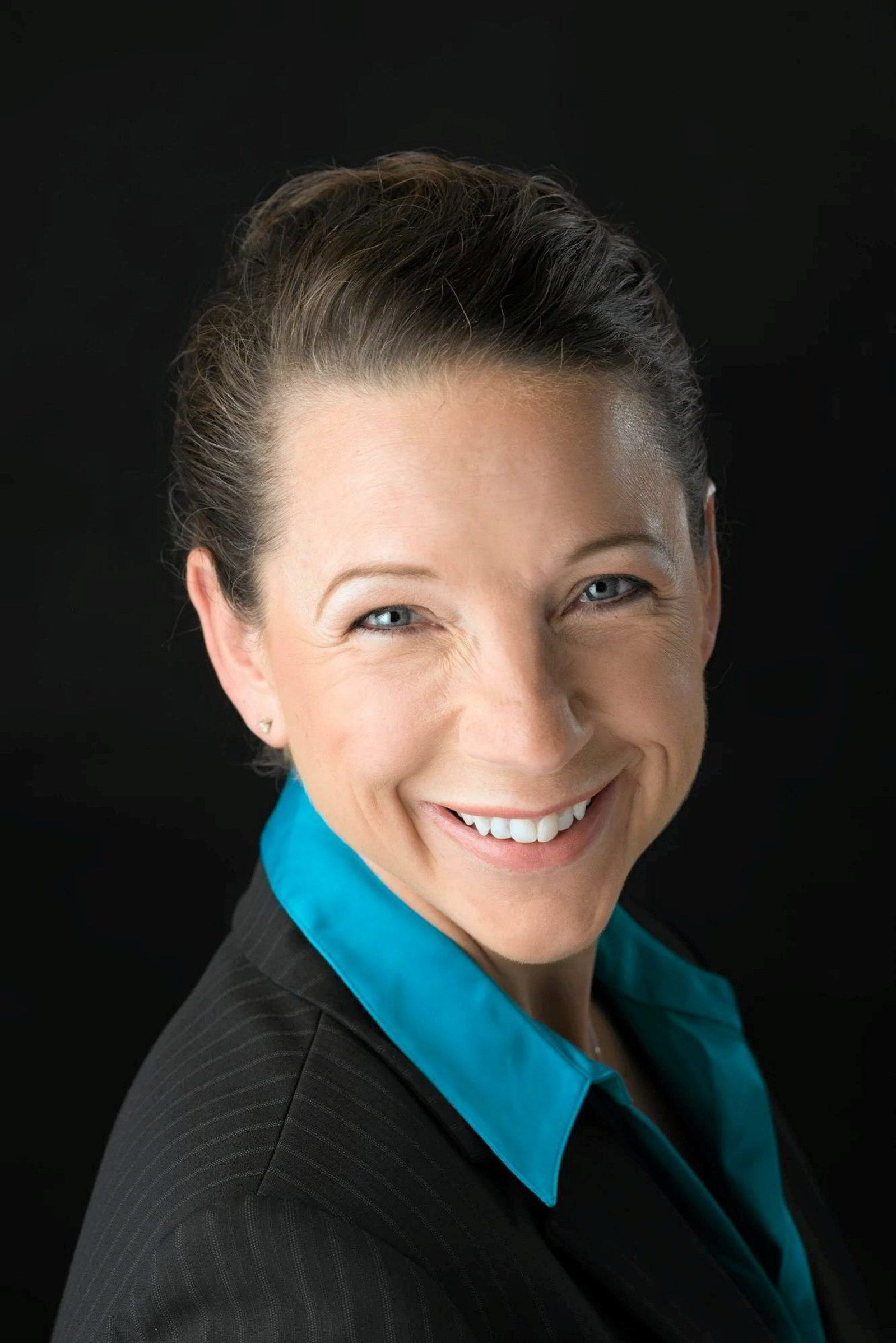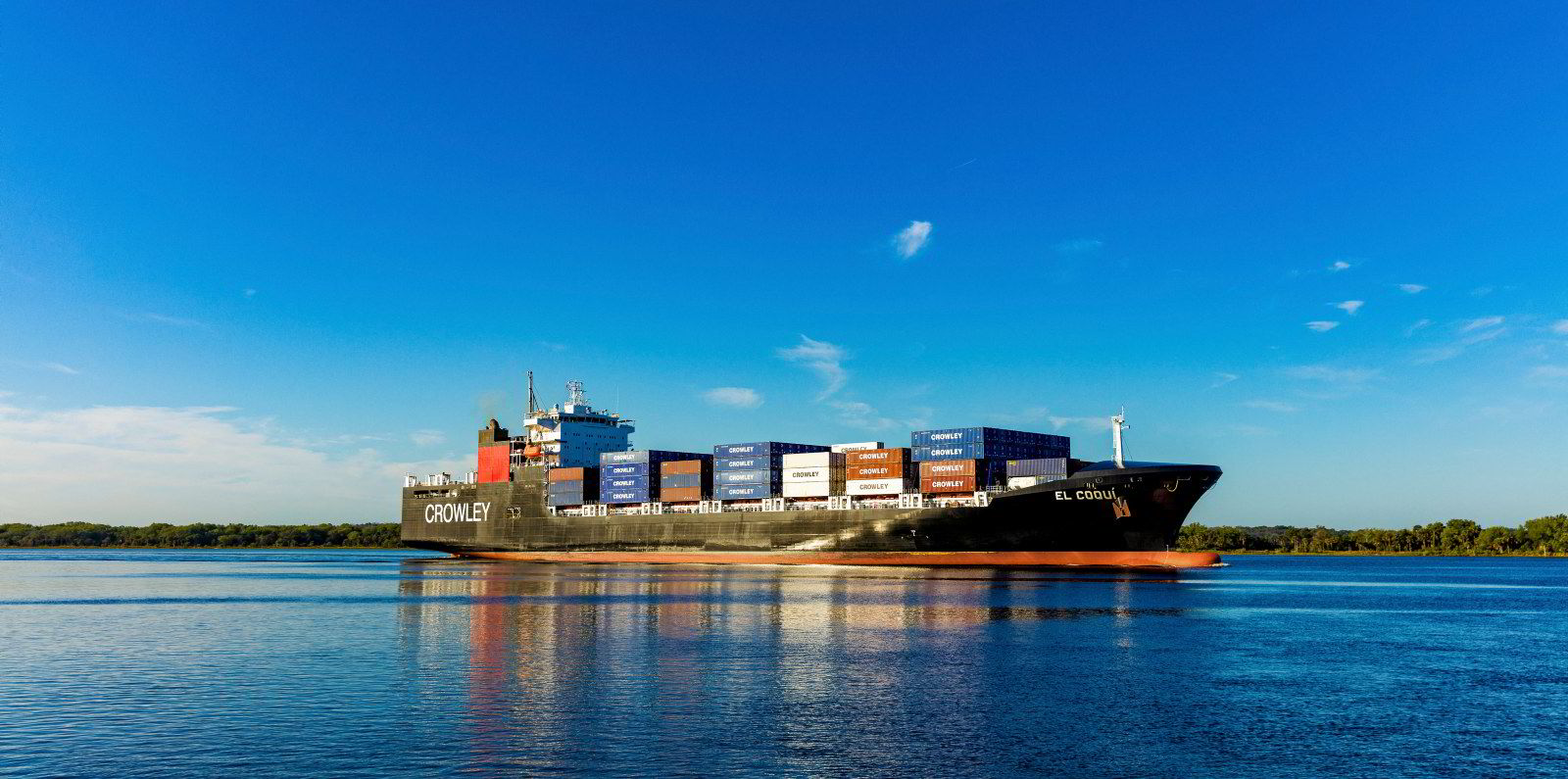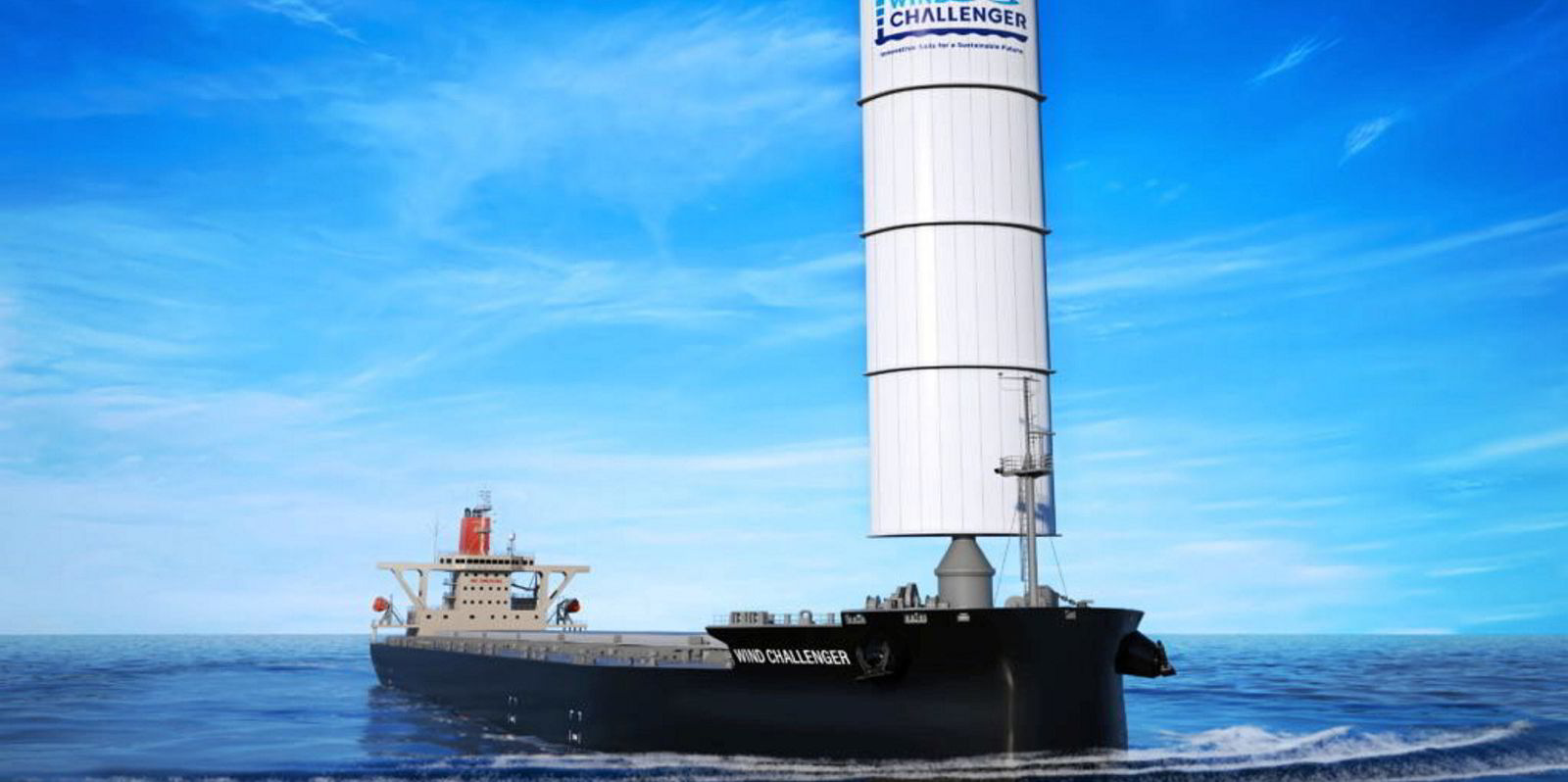When Crowley Maritime Corp decided to get to grips with its greenhouse gas footprint, it realised early on that it could not focus on just its direct carbon emissions.
Alisa Praskovich, the company’s vice president of sustainability, said the organisation felt so-called Scope 1 emissions, and even the Scope 2 emissions associated with its energy purchases, would not do the effort justice.
Because it knew the indirect emissions known as Scope 3 would make up the majority of its footprint, she told Green Seas that the company’s dedication to integrity and its ambitious sustainability goals “left us with no other choice but to be very transparent with all three of our emissions scopes”.
As recently reported in TradeWinds, Florida-based Crowley has become a rare shipping company that has reported its indirect carbon footprint known as Scope 3 emissions.
The disclosure comes as the firm pursues a goal of net-zero carbon emissions by 2050 across its shipping, logistics and fuels divisions, and across all three scopes.
In the Green Seas newsletter, we have explored the impact that pressure on major corporate organisations getting to grips with their indirect Scope 3 emissions is adding to the incentives for shipping to cut carbon — since shipping companies’ direct Scope 1 emissions are their customers’ Scope 3.
But, so far, despite the widespread adoption of carbon reporting across the industry, few shipping companies have got to grips with their own Scope 3 emissions — the greenhouse gas footprint of the products and services they contract.
AP Moller-Maersk is the biggest exception. The Danish shipping giant reported in February that its carbon footprint included 29m tonnes of Scope 3 CO2 equivalent emissions during 2021. Also reporting indirect emissions are operators such as Cargill Ocean Transportation, whose shipping emissions are primarily a Scope 3 affair because of its chartered-in fleet.
For Crowley, being able to report that it had 3.44m tonnes of Scope 3 emissions in 2021 out of 3.88m tonnes of a total CO2 equivalent output started with a deep and broad dive into its carbon footprint with an inventory that began in 2020.
“That has definitely been a journey,” Praskovich said.
Scope 1: Direct emissions from owned or controlled sources.
Scope 2: Indirect emissions from purchased energy sources.
Scope 3: Various other indirect emissions in a company’s value chain.
She said it was not an easy task for a company with Crowley’s complex footprint, with some 165 facilities and more than 170 vessels.
Crowley had to examine utility bills at its remote Alaskan outposts. It had to look to fuel purchases, sometimes on paper, whose footprint in some cases was calculated by what was burned and sometimes by what was purchased.

With a fleet that includes tugs, tank barges, container vessels and ro-ros that are owned, chartered or managed, Crowley had to figure out whether each vessel’s emissions were Scope 1, Scope 3 or out of scope.
Praskovich said the process, as well as the growing demand from customers to have access to carbon footprint data at the click of a mouse, is accelerating Crowley’s digital transformation.
“And if we hadn’t gone this ambitious this quickly, we wouldn’t be able to even come close to providing that data,” she said.
Crowley has committed to the Science-Based Targets initiative (SBTi), a private-sector effort that validates that the company’s decarbonisation goals are consistent with the Paris Agreement on climate change and capping global warming at 1.5C.
On its path to net zero, the company plans to deploy tools by EcoVadis to engage with suppliers to bring carbon emissions into its supply chain decision-making.
“We’re trying to revolutionise our procurement system,” Praskovich said, adding that the goal is to have a menu of supplier options.
For the company’s shipping fleet, the sustainability executive sees a poly-fuel future. It is developing an all-electric tug and may look to drop-in biofuels for its existing fleet, which already includes vessels that run on LNG.

In the shipping markets in which Crowley is active, a vessel may have a 30 to 40-year lifespan, which Praskovich said could mean new vessels will have electric-driven engines that can adapt as new fuels enter the market.
“That vessel is probably going to have three or four different propulsion changes throughout its life,” she said.
More on sustainability and the business of the ocean
MPC Container Ships is in talks with liner operators that could lead to more newbuilding projects for methanol-fuelled container ships. “This is going to be the trend,” chief executive Constantin Baack told TradeWinds. Click here to read the story.
Japan’s MOL Drybulk is teaming up with UK renewable energy group Drax to launch new bulkers fitted with hard-sail technology. The companies said an unspecified number of newbuildings are planned from 2025 as part of Drax’s green shipping initiative. Click here to read the story.
Danish container ship operator AP Moller-Maersk has left the board of the International Chamber of Shipping over an apparent difference of opinion on decarbonisation. The container line said executive vice president Henriette Thygesen has stepped down after an annual revision of the group’s trade association memberships. Click here to read the story.




